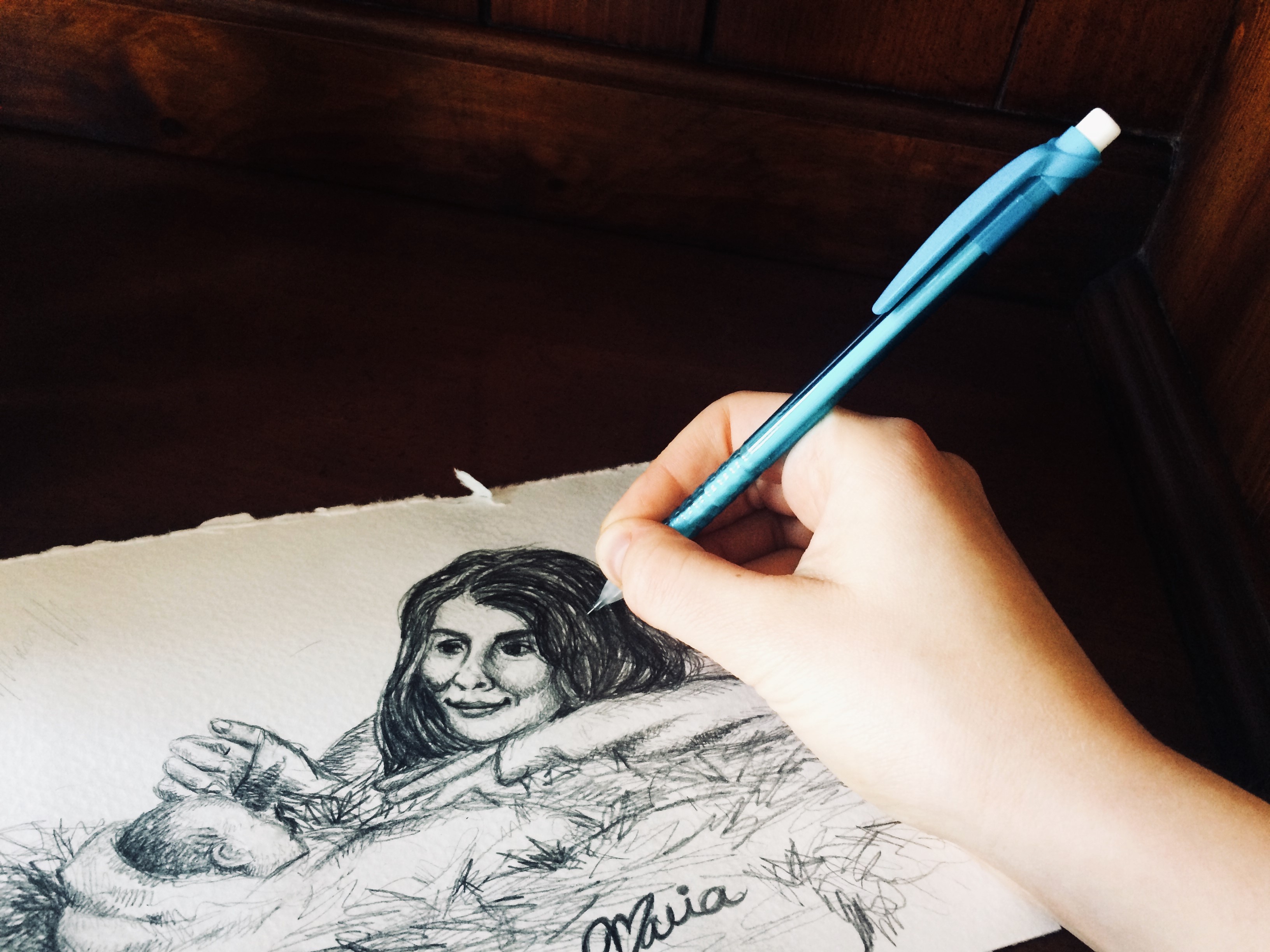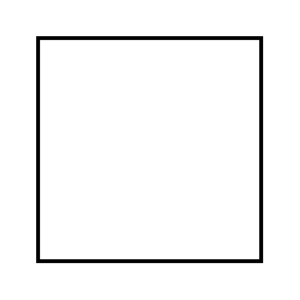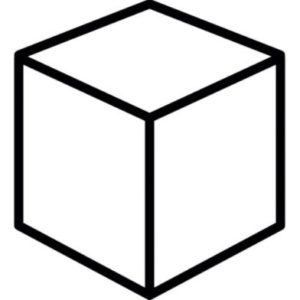What is the most important part of learning to draw? As a matter of fact, it’s not teaching your hands to do something. That’s important too! But the most foundational skill is actually learning to see. Let’s talk about that.
In this post we talked about what goes on in the right and left hemispheres of your brain and how the right hemisphere is responsible for artistic perception. What changes in your brain to help you see correctly is that you go into a mode of using only your right hemisphere to see. That sounds really abstract, but here’s how it plays out in your drawing. Say you’re drawing a chair. If you’re using the left hemisphere, the one that uses words and concepts, then the idea that will drive your drawing will be: “I am drawing a chair.” But when you shift into that mode of using only the right hemisphere, you’re not drawing a chair specifically. You’re looking at the lines and shadows and the things that make up the chair. You draw those individually, and a chair comes out. So even if you had never seen a chair before, you’d still get it right. The idea would be absent, but the perception would get you there anyway.
It might be even easier to grasp this idea if you think about drawing a cube. Betty Edwards says, “If verbal knowledge of the cube’s real shape overwhelms the student’s purely visual perception, ‘incorrect’ drawing results–drawing with the kinds of problems that make adolescents despair. Knowing that cubes have square corners, students usually start a drawing of a cube with a square corner.”
For instance. You know a cube is made of squares, and you know a square looks like this:
But a cube isn’t so simple. Unless you’re seeing it straight on, you aren’t going to see any of those right angles. You might see something like this:
But your brain knows that a cube has right angles. So you might come up with something like this:
I’m quite confident you can tell that that’s wrong. See, what happened was, we kept the right angles, because that’s what’s there and we know it. But the perspective from which we saw it causes it to look different. Try turning the object nearest you around. The side that started as the front will get thinner in your vision. It’s still just as wide; what you see is what changed. That’s how it was with the cube. You can’t trust your knowledge to tell you what you see. What is logically there is not the same thing as what you see.
Let’s go back to the chair example. Betty Edwards says, “The left hemisphere has no patience with this detailed perception and says, in effect, ‘It’s a chair, I tell you. That’s enough to know. In fact, don’t bother to look at it, because I’ve got a ready made symbol for you. Here it is; add a few details if you want, but don’t bother me with this looking business.'”
The problem is, you are seeing, but not enough. You see just long enough to notice that the thing is there, but your brain fills in the rest before you can see what makes it that way. Then you actually think you see what you expect to see.
So to draw well, you have to leave behind this logical and verbal part of your brain and move over to the visual. Let go of your notions of how things are. The symbols you’ve memorized. They aren’t accurate. Then give your brain a task that only the right hemisphere can handle–draw the lines and shadows and relationships. Don’t draw the nose. If you set out to draw a nose, you already know too much about it. Leave its existence behind. Come to this new combination of shapes with fresh eyes and a fresh brain.
One exercise artists often use is drawing what we call negative space–that is, the space around the object. The shape of the object will still appear because the shape around it leaves the object on your paper. But you were able to do it without thinking about the object. (Spoiler alert: in Art Talk’n, we’ll show you how.)
So HERE’S THE GREAT NEWS!!! Once you learn how to see, you can draw anything. No one thing is harder to draw than another. You might have trouble seeing it, but the visual information is all there. Many people think faces are the hardest things to draw. But if you know how to perceive the details there, it’s exactly the same process as drawing a chair. There may be more there, but what you do is the same.
So now, Art Talk’n plug: in our course, we teach you the tools and skills and drawing techniques. But those do involve left brain thinking, so we also include instructions on seeing, exercises that just help you draw shapes which let objects emerge. So, we’ll teach your whole brain how to draw! Once you know how to see, those techniques will fall into place so much more naturally than they otherwise would.
And once you can see and you have those techniques, you can really make your art your own. You’ll have the freedom to thrive in your own style, making art that looks right but isn’t rigidly tied to someone else’s ideas. You can be you.
BUY BETTY EDWARDS’ BOOK (I’m not selling this. You should really just read it.)
References:
Edwards, Betty. The New Drawing on the Right Side of the Brain. 1999.



